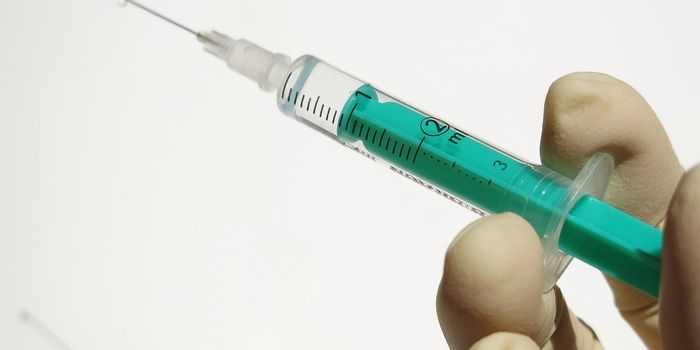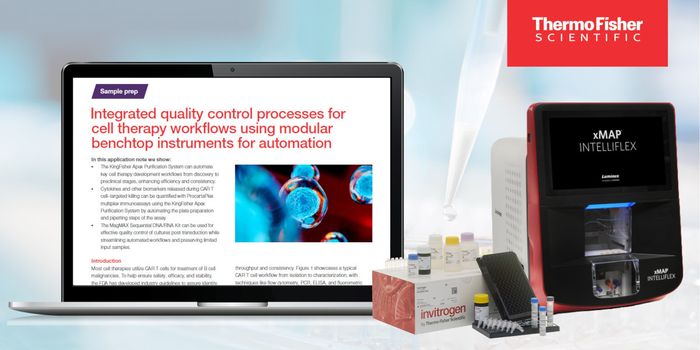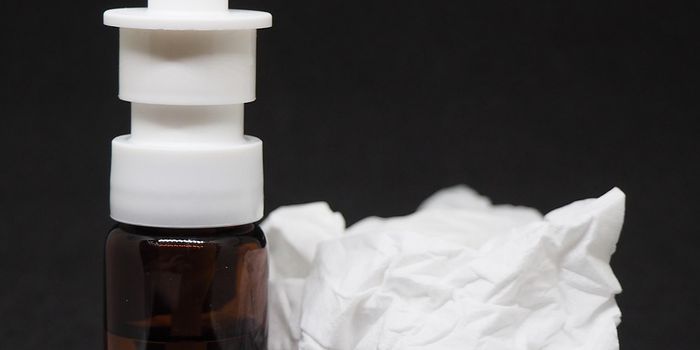Treating Celiac Disease May Be Possible
Delivering gluten to the body in a friendly, harmless package may be the way for people with celiac disease to finally have a sandwich again. A new clinical trial is the first to successfully use gluten delivery technology that reduces intestinal inflammation in celiac patients in response to consumed gluten.
Experts believe that one percent of the world’s population has celiac disease, including 2.5 million undiagnosed Americans. Celiac disease is more common in families; having a first-degree relative with celiac disease drastically increases a person’s risk of developing celiac disease themselves.
Celiac disease is an autoimmune condition in which the human body reacts to gluten as if it were a pathogen, causing damage to the small intestines. The damage is particularly absorbed in the villi, “small fingerlike projections” that line the inside of the organ and support nutrient absorption during digestion. Autoimmune diseases are usually treated with immunosuppressants, but people with celiac disease usually just stop eating gluten. But does it have to be so?
The new “COUR” nanoparticle (CNP-101) packages up gliadin, a key component of the gluten mixture that includes many distinct proteins. In the clinical trial, researchers separated celiac patients into two groups. One received treatment with CNP-101; both were fed gluten for two weeks one week after treatment.
Celiac patients fed gluten but not treated with CNP-101 showed a predictable immune response to the packaged gliadin, and there was damage in their small intestines reminiscent of celiac disease. The patients provided CNP-101 treatment, however, exhibited 90% less immune inflammation response compared to untreated patients. Small intestines appeared to be protected from relevant damage.
CNP-101 is biodegradable and introduced to the immune system through macrophages, phagocytic cells responsible for engulfing foreign cells and cellular debris. Macrophages tend to destroy the debris and present the foreign cells to other cells of the immune system. Presentation of CNP-101 communicates with the human immune system that the gluten protein packaged within the nanoparticle is harmless and an immune response is not needed.
Researchers are excited about the possibility of this technology being used to retrain the immune system in more than just celiac disease - potentially any allergy or autoimmune disease.
"We have also shown that we can encapsulate myelin into the nanoparticle to induce tolerance to that substance in multiple sclerosis models, or put a protein from pancreatic beta cells to induce tolerance to insulin in type 1 diabetes models,” explained scientist Stephen Miller, PhD.
Autoimmune diseases are typically treated with immunosuppressants. While these types of drugs can help someone with an autoimmune disease live their life, they also prevent the immune system from fighting disease and bear adverse side effects. Instead, retraining the immune system to simply tolerate allergens could reduce symptom severity or eliminate autoimmune disease altogether.
About Gluten
Gluten is a protein found in wheat, rye, and barley that serves as the main storage protein in these plants. It is a heat-stable binding agent common as an additive in processed foods to improve texture, moisture retention, and flavor.
Sources: Northwestern University, Celiac Disease Foundation, Journal of Gastroenterology and Hepatology








